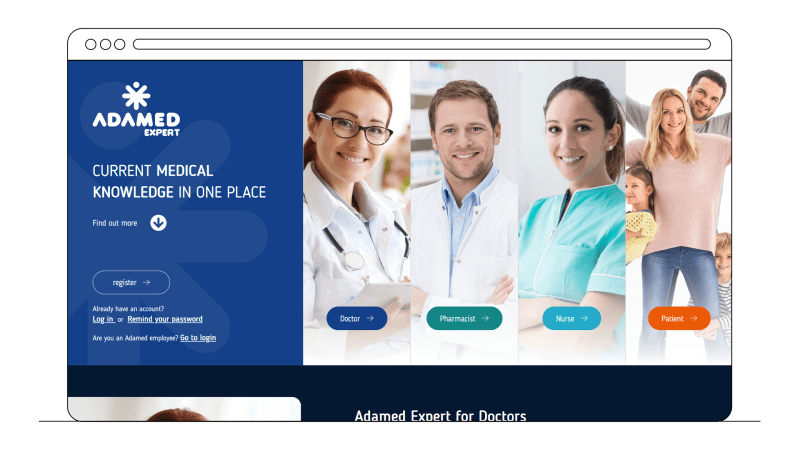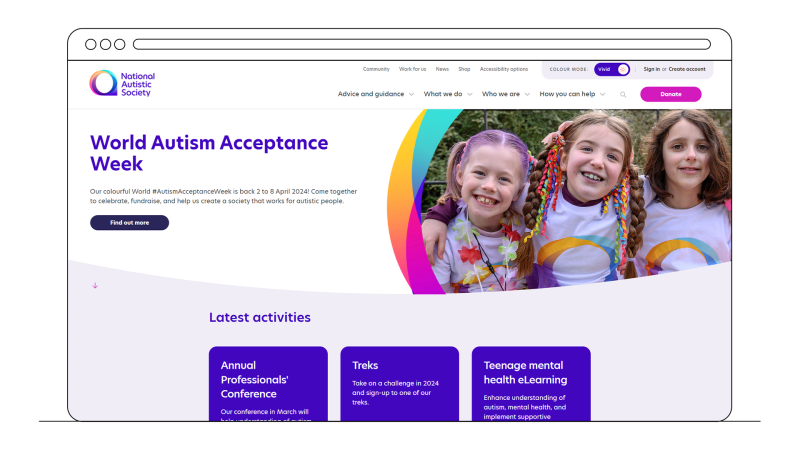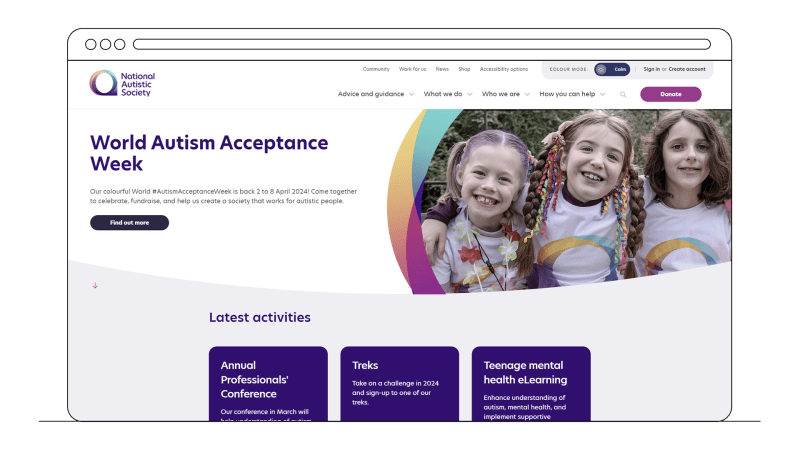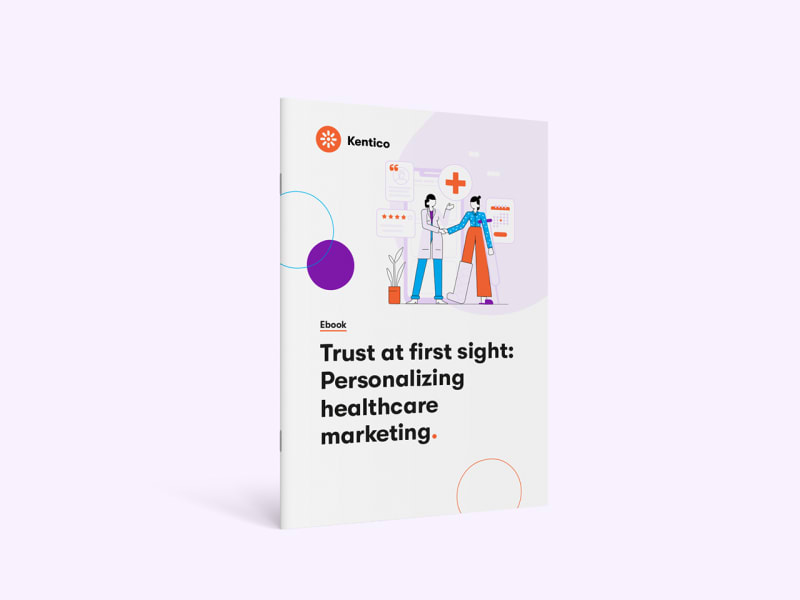In healthcare, trust is a key element for patients deciding which provider and service they’ll choose. And personalized marketing can significantly contribute to building more trust even before the clients enter your healthcare center. Learn how you can personalize content and how to do it efficiently with limited resources.
What is personalized marketing
Personalizing your marketing means learning from your users’ behavior and adjusting your communication to suit their specific needs better.
With personalization, you can help users find what they need faster or show them a new treatment option, which will help build more trust and loyalty from your website users.
If you decide to use personalization, always ensure the tailored content is helpful and relevant. No one likes to realize that a website is tracking their activities just to expose them to a more aggressive sales strategy.
Personalization at each stage of the client journey
From the first contact to choosing a healthcare provider, clients go through different stages on their journey. Personalized messages or website suggestions that match the visitors’ concerns make each step easier and guide your clients smoothly from searching to using your services.
Imagine someone looking up info about a health issue online. The person gets to an article on your website. When they visit your site, they see a personalized page with other articles or videos related to what they searched for. This personalized content helps them quickly find the information they need. When they decide to book an appointment, customized messages can guide them through the process.
After the visit, personalized follow-up messages can offer them well-being and healthy lifestyle tips. This approach shows your health center is always there for them when they don't feel well.
Personalized marketing starts with data
The magic behind personalization lies in the effective collection of user data. When gathering data, ensure your users know what data you collect and that it's in safe hands.
Depending on what content you want to personalize, you might need to know your users' location, where they come from on the internet, what content they are interested in, or what information they are looking for. Demographic and behavioral data gives you the right insights to decide which content should be personalized.
For example, if a user tells you their postcode, you can show them the nearest health center. When someone downloads your guide on diabetes, you can send them tips on a healthy diet and patient stories.
To use all data effectively, your healthcare organization needs to have the right tools and know-how. You might need to use website cookies to track what patients do online, or gather information from surveys or patient records. Once you have the data, you can start building your personalization strategy and measure impact.
Ten examples of personalized content in healthcare
1. Client portal – A password-protected area will help your clients have everything under control. They can find their appointment history, recommendations, billing information, and other things related to their health record there.
2. Appointment reminders - Customize reminders with the patient's name and send them an email or a text based on their preferences.
3. Find a health center - If a user shares their location with you, you can show them the nearest care center or specialist first.
4. Online health assessments – Based on the user's responses, you can offer the most suitable content to help them solve their problem.
5. Visitor personas – Doctors, pharmacists, family members, and patients come to your website for different information. Help them quickly find relevant content.

6. Healthcare tips by email - Based on users' interests, you can send them articles on healthy lifestyles, food supplement offers, or information on free screenings for their age group.
7. Calls to action – If your user has read several articles on back pain and checked a physiatrist's profile, it’s time to guide them to your online booking app.
8. Donations – Users visiting your website from a donation campaign will see a donation button at the top. After they contribute, you can reward them with a patient success story.
9. Language preferences – If you run a website in several languages, it should remember every user’s choice next time they visit.
10. Accessible design – Include design elements that will make your website more comfortable for users with disabilities. For example, you can add a calm color mode for people with autism.


Get more examples of personalized digital experiences here.
How to measure success of personalized marketing
Technically, using personalized marketing is not too difficult. In Kentico, even a non-technical marketer can personalize their website content in a few clicks. Making sure it has an impact on your marketing goals needs more consideration, though.
Give this phase of the planning process enough time and ensure you have correct metrics that will show you whether your personalization strategy is effective or not.
For trust metrics, user feedback is the most valuable. Collect your users' input in a simple online form, monitor reviews, and listen to your clients when they come in person. If they find your website helpful and easy to use and recommend it to others, you're on the right track. Also, a positive Net promoter score (NPS) may indicate improved trust levels resulting from personalized interactions.
Website statistics, such as the overall traffic on your site and time spent on your pages, will tell you whether your audience is starting to use your website as a trusted source of information. If you see an increase in conversions, such as clicks on CTA buttons or form submissions, it means they're shown to the right audience at the right time.
Encourage trust in your services right from the start
One of the key objectives of healthcare marketing is to encourage trust. Personalizing online content can help you establish your organization as a go-to source of information. Just don't use it aggressively. Instead, make it a tool that helps users find what they need. Then all you need to do is set up reliable metrics to help you measure success.
Get our healthcare ebook and start delivering a real value through your website content.

Subscribe to the Kentico Xperience newsletter
You'll receive our newsletter once a month with all the updates you need to know to keep you in the loop with the Kentico Xperience community. Just the hits—guaranteed.

